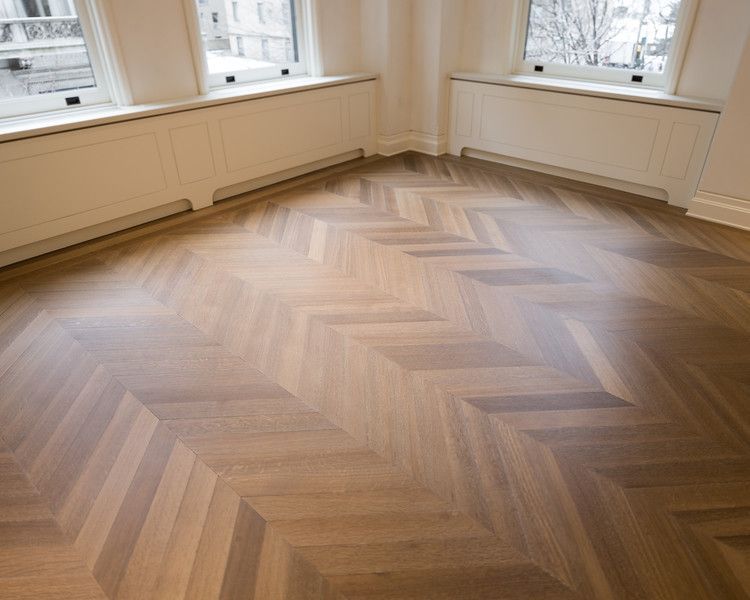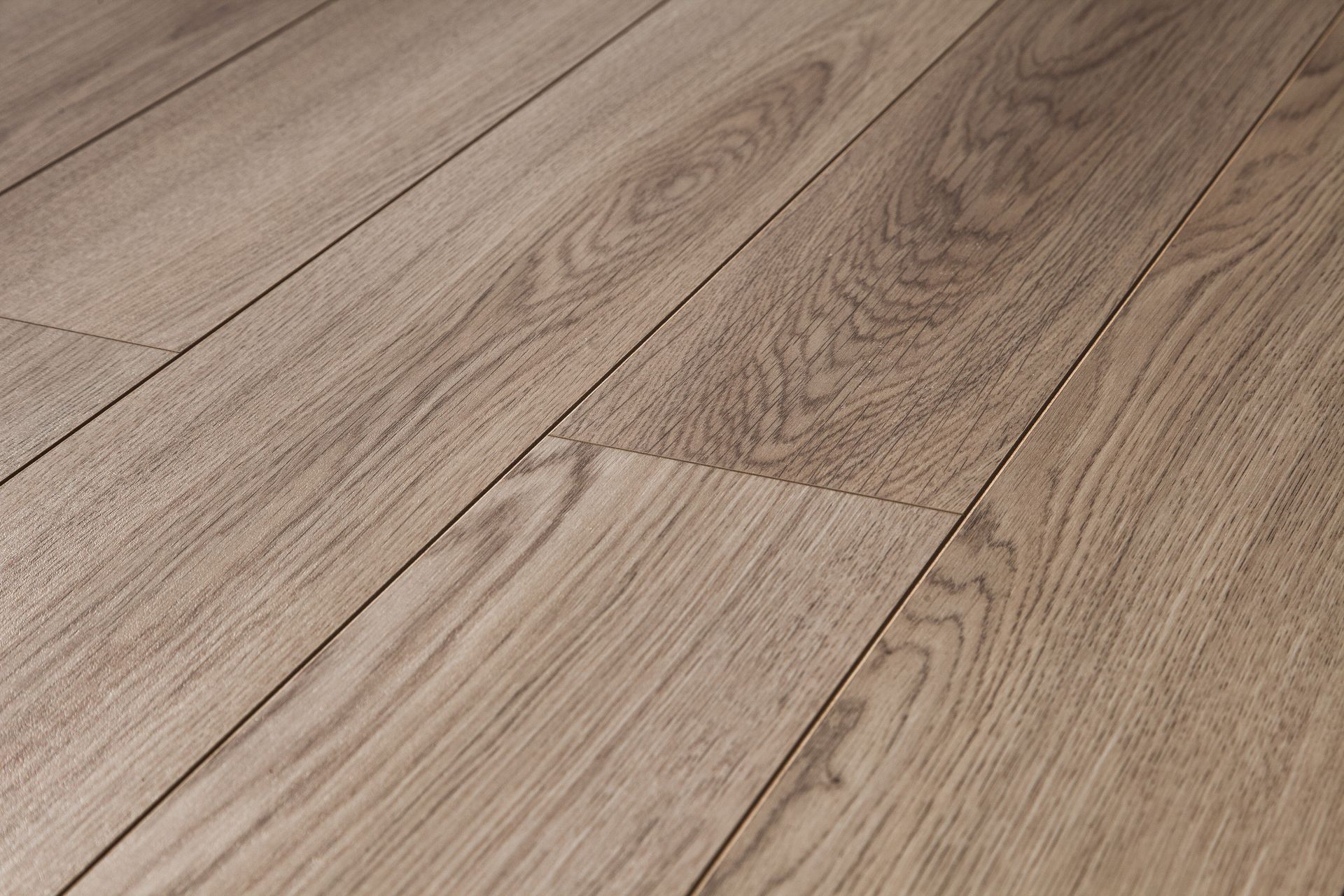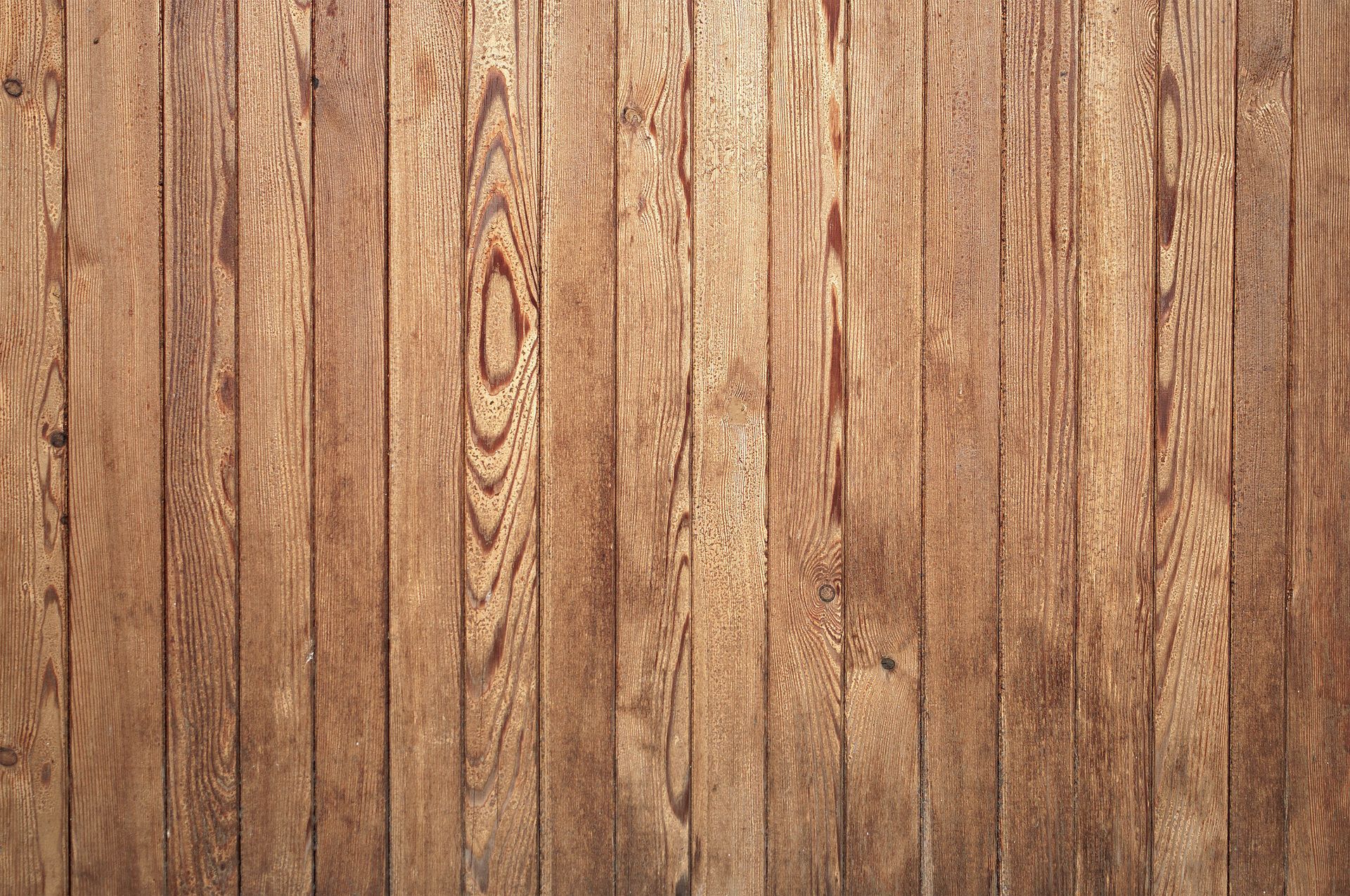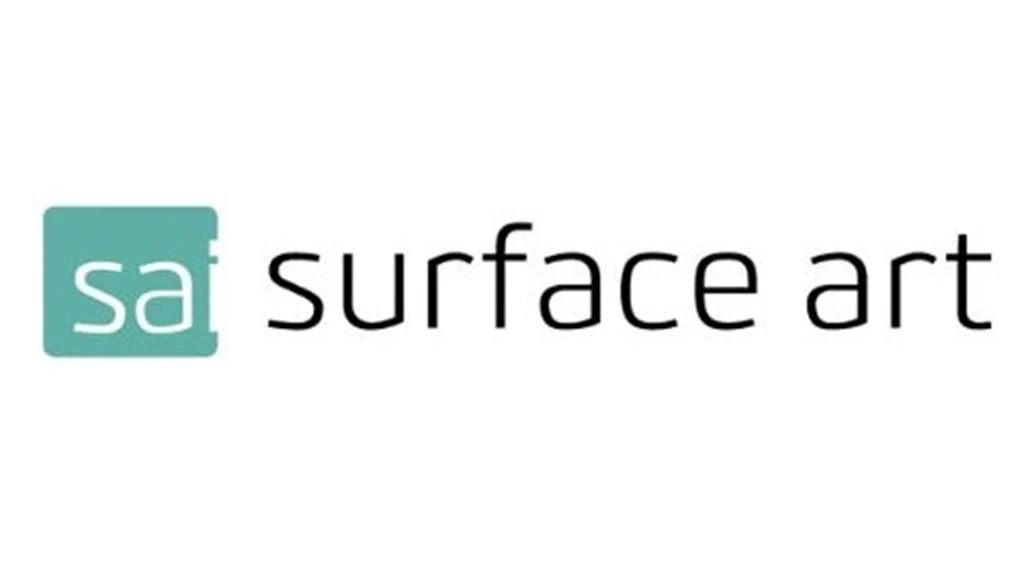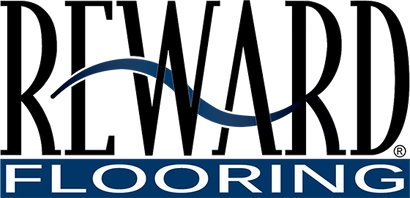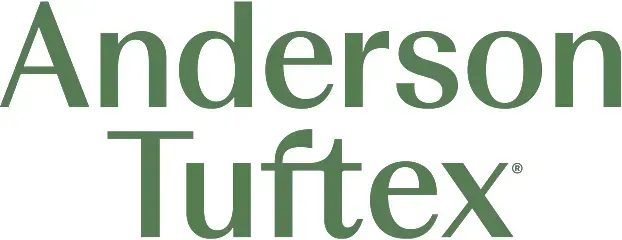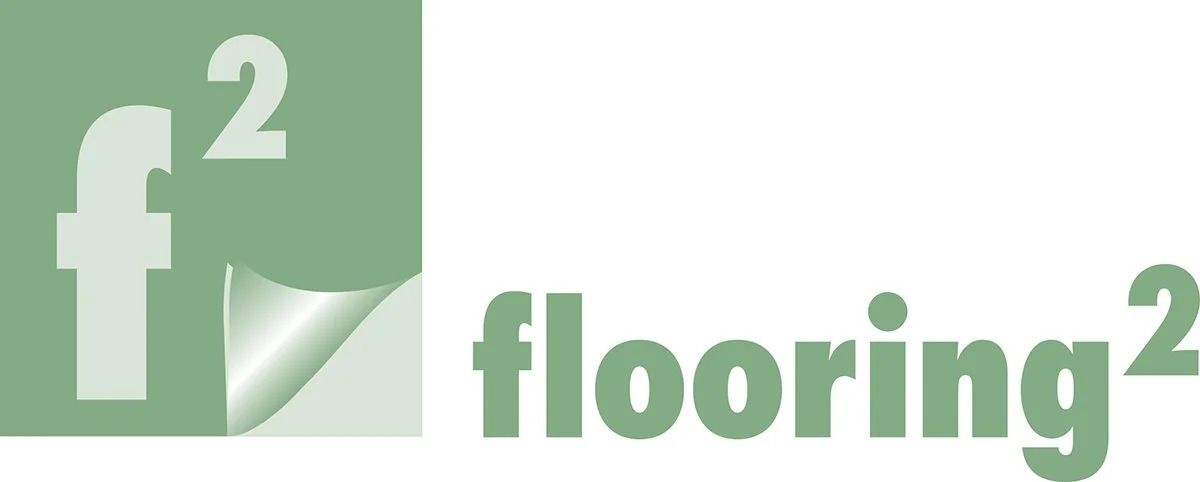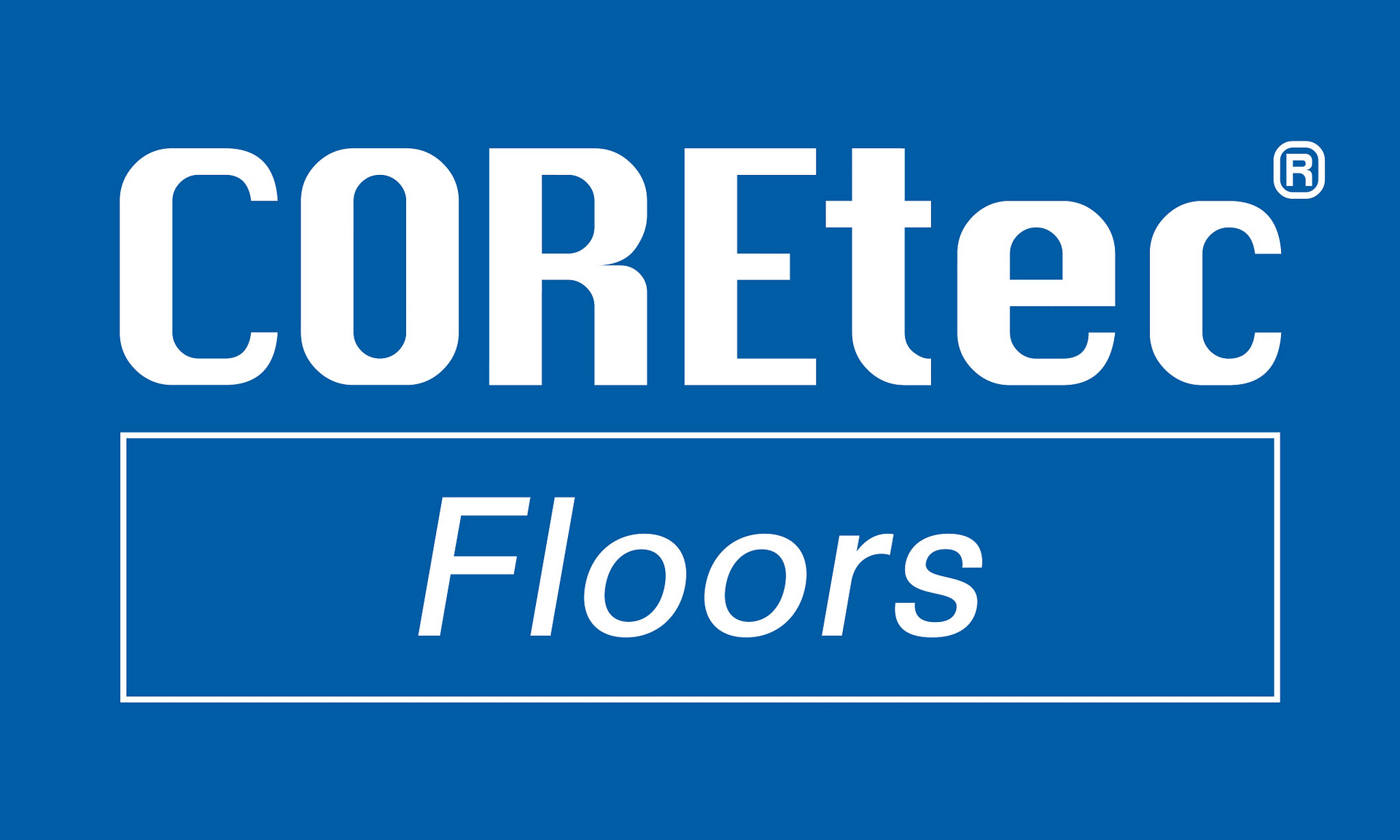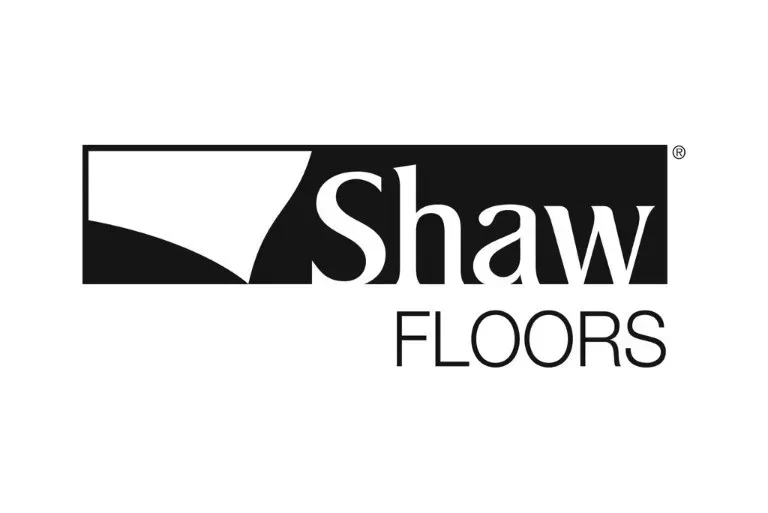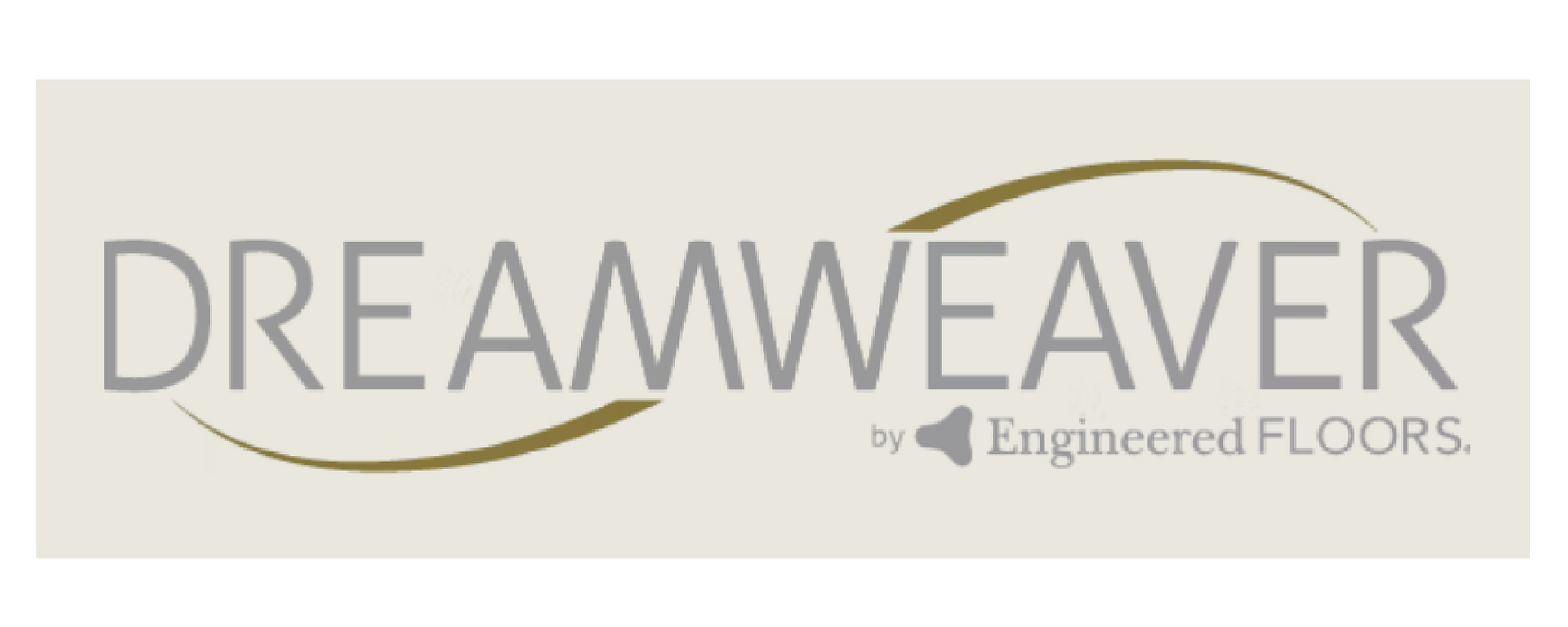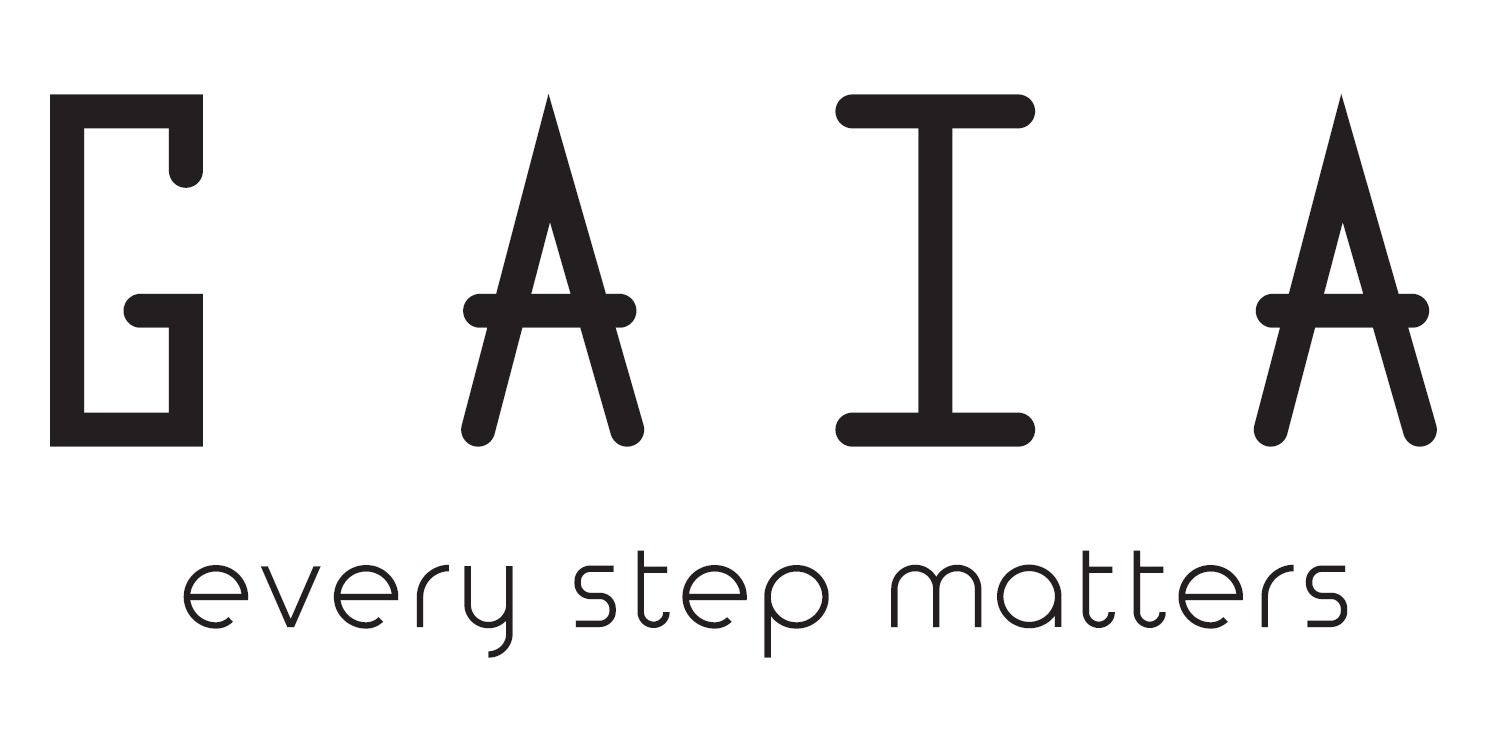Herringbone vs. Chevron Flooring: What’s the Difference?
July 25, 2025
July 25, 2025
Herringbone vs Chevron Flooring
When it comes to stylish, patterned hardwood floors, two designs consistently top the list: herringbone flooring and chevron flooring. While they may look similar at first glance, these two flooring patterns have distinct differences that can dramatically impact the look and feel of your space. At David’s Flooring of Seattle, we help homeowners across the The Greater Seattle area choose the perfect flooring style for their homes. In this blog post, we’ll walk you through the key differences between herringbone and chevron flooring, and help you decide which is right for your next remodel or renovation.
*on the left Chevron Flooring & on the right Herringbone Flooring*
What Is Herringbone Flooring?
Herringbone flooring is a classic pattern made from rectangular wood planks arranged in a zigzag layout. Each plank is laid at a 90-degree angle , creating a broken “V” shape that adds texture and movement to the floor.
- Timeless appeal – Perfect for traditional or transitional interiors
- Visual interest – Adds dimension and a sense of flow to any room
- Versatile – Works well in living rooms, hallways, dining areas, and bedrooms
- Cost-effective – Uses standard rectangular planks, often more affordable to install
What Is Chevron Flooring?
Chevron flooring is a more modern take on patterned hardwood. In this design, each plank is cut at an angle (usually 45° or 60°) to form a continuous “V” shape when installed. This creates a sleek, streamlined look that’s popular in contemporary and luxury interiors.
Advantages of Chevron Flooring:
- Clean, modern design – Ideal for upscale, minimalist spaces
- Flowing pattern – The sharp V-shape creates a striking visual line
- High-end aesthetic – Adds a sense of sophistication and direction to your floors
Which Pattern Should You Choose?
The right choice between herringbone and chevron flooring depends on your personal style, budget, and room layout.
- Choose herringbone flooring if you're looking for:
- Timeless character
- Rich visual depth
- A more budget-friendly patterned hardwood
- Choose chevron flooring if you want:
- A clean, directional flow
- A bold, luxury statement
- A modern and refined aesthetic
Expert Hardwood Flooring Installation in King and Pierce County Washington
At David’s Flooring of Seattle , we specialize in the supply and installation of both herringbone and chevron hardwood floors . Whether you’re redesigning a single room or planning a full-scale remodel, our expert team will guide you through every step—from material selection to flawless installation. We carry premium hardwood and engineered hardwood brands, including:
- PRIMA Floors
- Mirage Floors
- Monarch Plank
- Compass Flooring
- MSI Surfaces
- Mohawk
- Reward Flooring
- Opus
- Hermitage
- Vellichor
- En Bois
- Kentwood
…and more!
Ready to Transform Your Floors?
�55357;�56525; Visit our Kent or Bellevue showroom�55357;�56542; Call us today to book your free flooring consultation
�55357;�57056;️ Let David’s Flooring help you bring your vision to life with custom herringbone or chevron hardwood installation!
